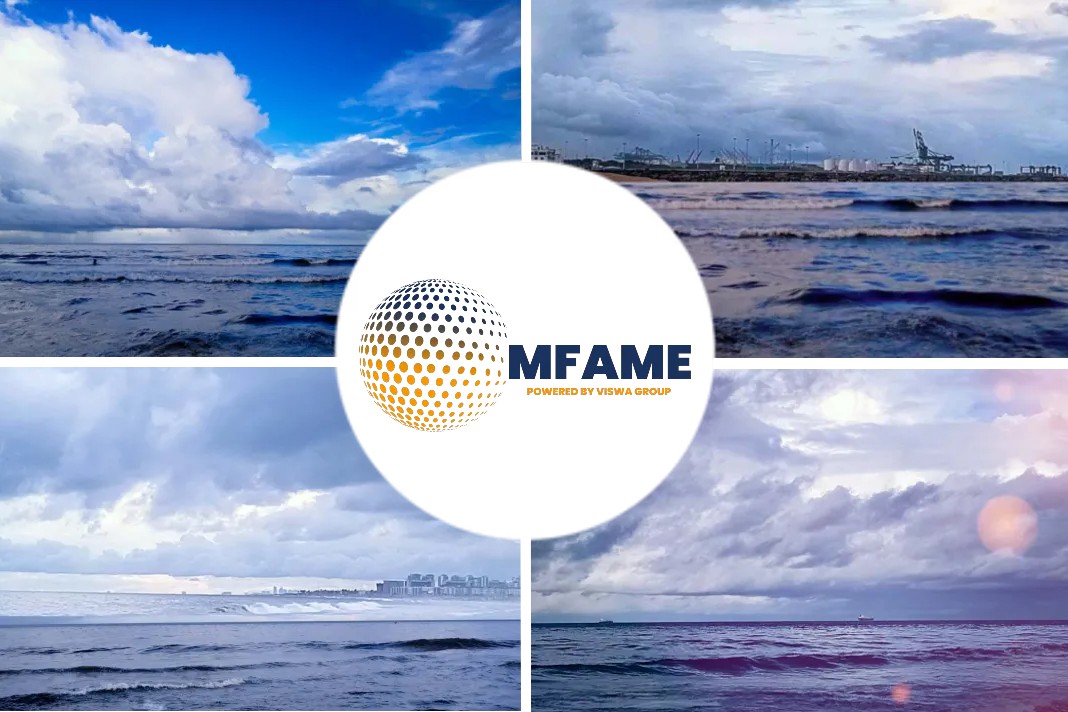
This Merchant Marine Circular supersedes MMC-208, MMC-238, MMC-320, MMC-327, MMC-349, MMC-358 and MMC-363, according to Witherbys news source.
Purpose
The purpose of this circular is to establish recommendatory measures for Panamanian- registered ships that transit through high-risk areas or areas where robberies and pirate attacks are taking place.
Summary of the circular
The Panama Maritime Authority General Directorate of Merchant Marine Control and Compliance Department has issued a circular titled MMC-230, aimed at establishing recommendatory measures for Panamanian-registered ships transiting through high-risk areas or areas where robberies and pirate attacks are taking place. The circular covers High Risk Areas (HRA), Internationally Recommended Transit Corridor (IRTC), Best Management Practices (BMP), Security Measures in West Africa (GOG), Nigerian Waters, Southern Red Sea, and Reporting and Emergency Centers.
The High Risk Area (HRA) is an area within the UKMTO designated as the Voluntary Reporting Area (VRA) where it is considered there is a higher risk of piracy and within which self-protective measures are most likely to be required. All Panamanian vessels, with or without armed or unarmed security personnel, must have their crew fully briefed on preparations and conduct a Piracy drill before entering the High Risk Area.
From January 1, 2023, the Indian Ocean High Risk Area (HRA) for piracy has been removed, and the Best Management Practices 5 (BMP5) will continue to provide guidance for shipping to ensure threat and risk assessments are developed for every voyage to mitigate the risks presented by remaining security threats in the region. Ships entering the VRA are encouraged to report to the UKMTO and register with the Maritime Security Centre for the Horn of Africa (MSCHOA) in accordance with industry BMP.
Panamanian flagged vessels are requested to use the Internationally Recommended Transit Corridor (IRTC) in the Somali and Caribbean waters, which includes separate eastbound and westbound transit lanes. The IRTC is subject to changes by military authorities, and vessels are urged to obtain updated information from the Maritime Security Centre – Horn of Africa (MSCHOA) or the NAV-warnings for that area. Placing armed guards on board is considered a minimum preventative option.
All Panamanian flagged vessels, including within the World Food Program (WFP) in the GoA and the Somali basin, are requested to implement the Best Management Practices (BMP) before, during, and after transiting high-risk areas. BMPs include trainings, watch keeping, effective use of monitoring and surveillance equipment, maneuvering practice, alarm systems, deck lighting, denial of use of ship’s tools and equipment, control of access to bridge, accommodation, and machinery spaces, and safe-muster points and citadels. Ship-owners and ship-operators must ensure crew familiarization with BMP recommendations and communicate with crew relatives before entering high-risk areas. Private Maritime Security Companies (PMSC) must ensure compliance with BMPs and coordinate exercises with the master and crew.
The Panama Maritime Authority discourages the use of firearms and ammunition on Panamanian flagged vessels for personal protection and ship safety. All Panamanian vessels transiting through High Risk Areas must raise their Security Level according to their Ship Security Plan (SSP). The Panamanian flagged vessels are requested to verify the proper functioning of SSAS equipment through a SSAS Test. Any additional security measures must be approved by the Panama Maritime Authority.
In the West Africa – Gulf of Guinea (GoG), Panama signed the Declaration of the Gulf of Guinea on piracy suppression. The Authority encourages vessels transiting the Gulf of Guinea to increase security measures and comply with security regulations recommended by Coastal and Port Authorities. Crews must remain vigilant and remain at least 300 NM from the coast at all times.
In Nigerian waters, the Nigerian Navy has started stationing floating operating bases and allowing naval guards to operate onboard vessels. Private security companies are supplying armed escort vessels, painted in Nigerian Navy colors, with civilian contractors onboard for maintenance and general duties. The International Chamber of Shipping, BIMCO, and INTERTANKO have published an Interim Guidance on maritime security in the Southern Red Sea and Bab al-Mandeb, aiming to assist Company Security Officers and Masters in conducting threat assessments.
The Panamanian Administration emphasizes the importance of prompt reporting to authorities and organizations involved in preventing, deterring, and suppressing attacks from pirates. All Panamanian flagged vessels, whether using Private Maritime Security Companies or not, should maintain communication with the Administration and International Contact Centers according to the Best Management Practices (BMP) to counter piracy in High Risk Areas of the Gulf of Aden, Indian Ocean, and other regions of high risk. The Administration strongly encourages all Panamanian flagged vessels to complete and submit the “Vessel Position Reporting Form” to UMKTO and the “Vessel Movement Registration Form” to MSCHOA, as described in the latest edition of the BMP. The Administration also urges captains to place information in areas where communication is available, such as the bridge, engine room, and citadel.
The Administration has updated the Merchant Marine Circulars in various ways, including changing the subject, supersedes, and compiles, and updating the HRA and HRA phone numbers. Inquiries regarding the subject of this circular or any other request should be directed to the Maritime Ships Security Department General Directorate of Merchant Marine Panama Maritime Authority.
For more details regarding the circular please click here
Did you subscribe to our daily newsletter?
It’s Free! Click here to Subscribe!
Source: Witherbys























